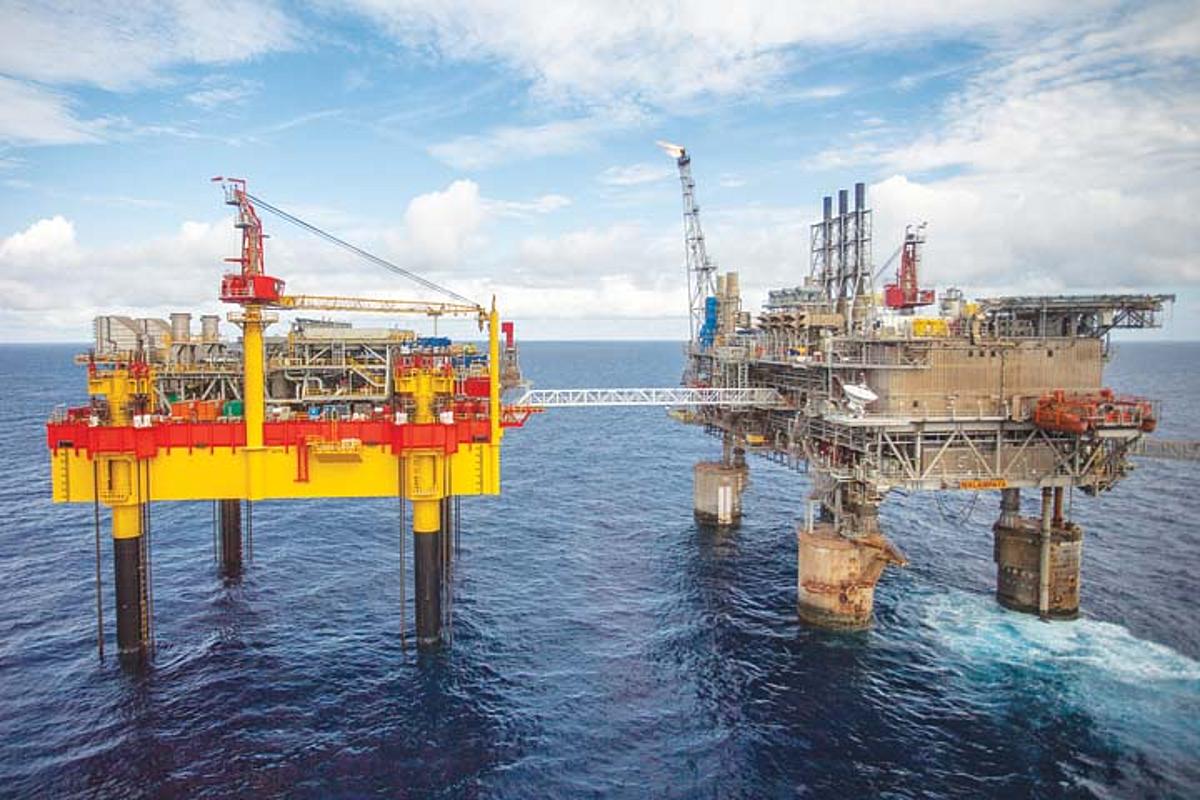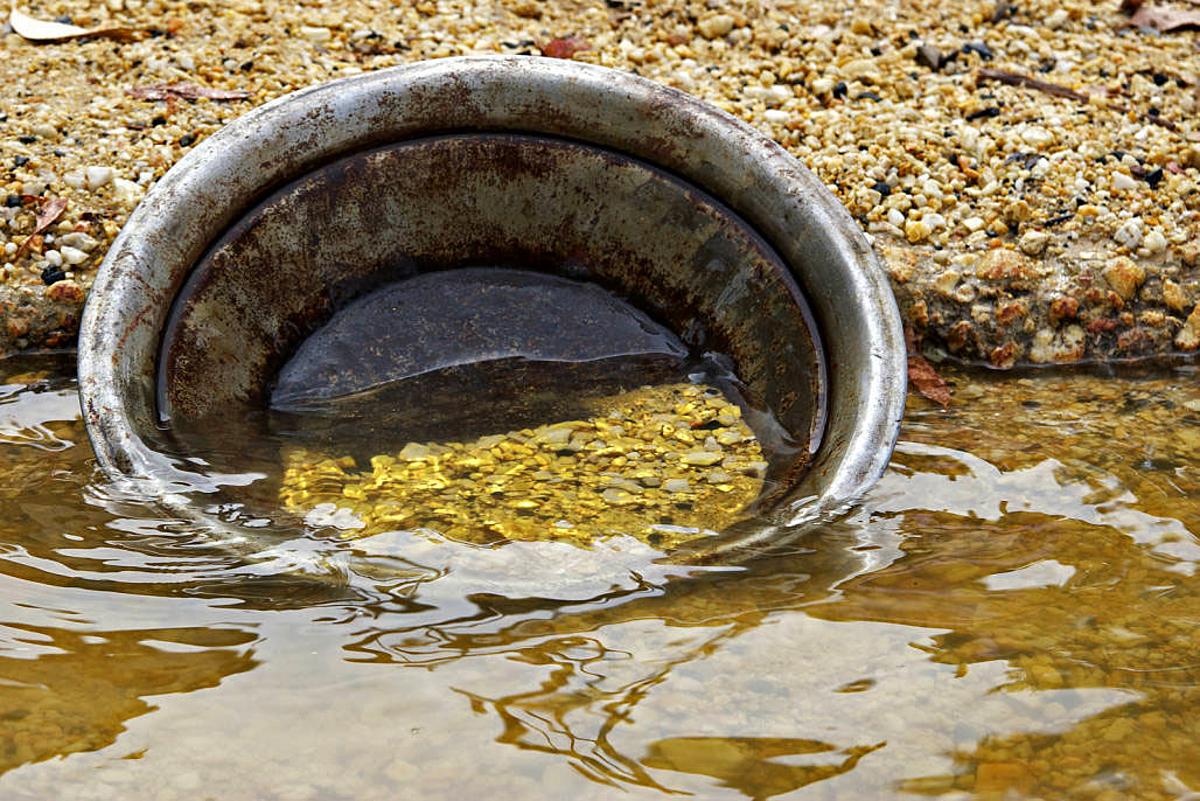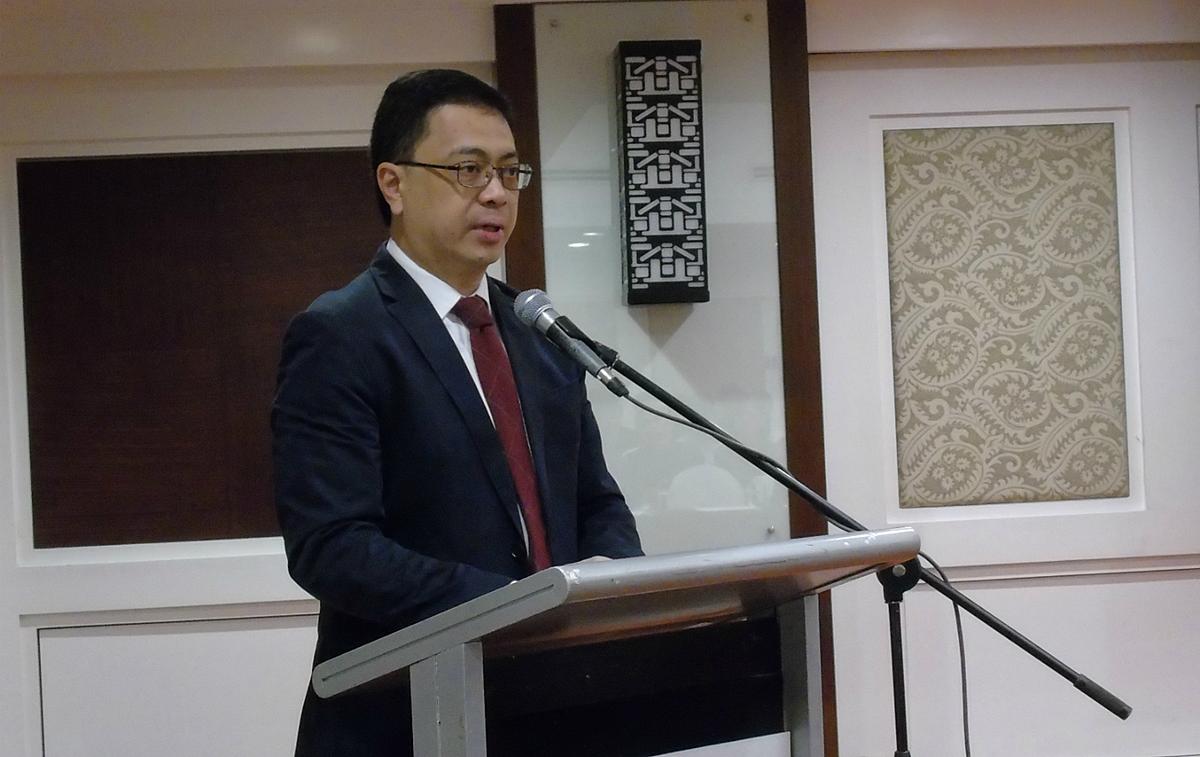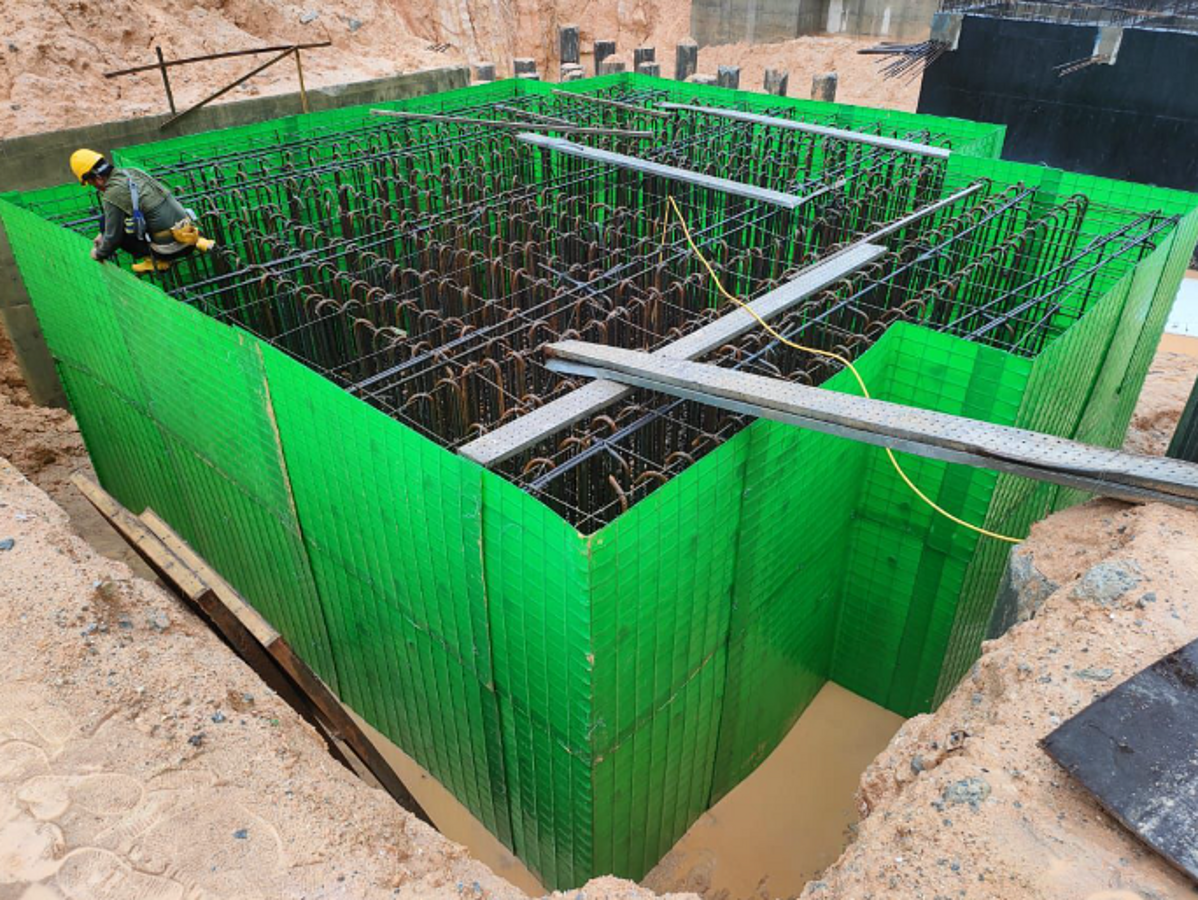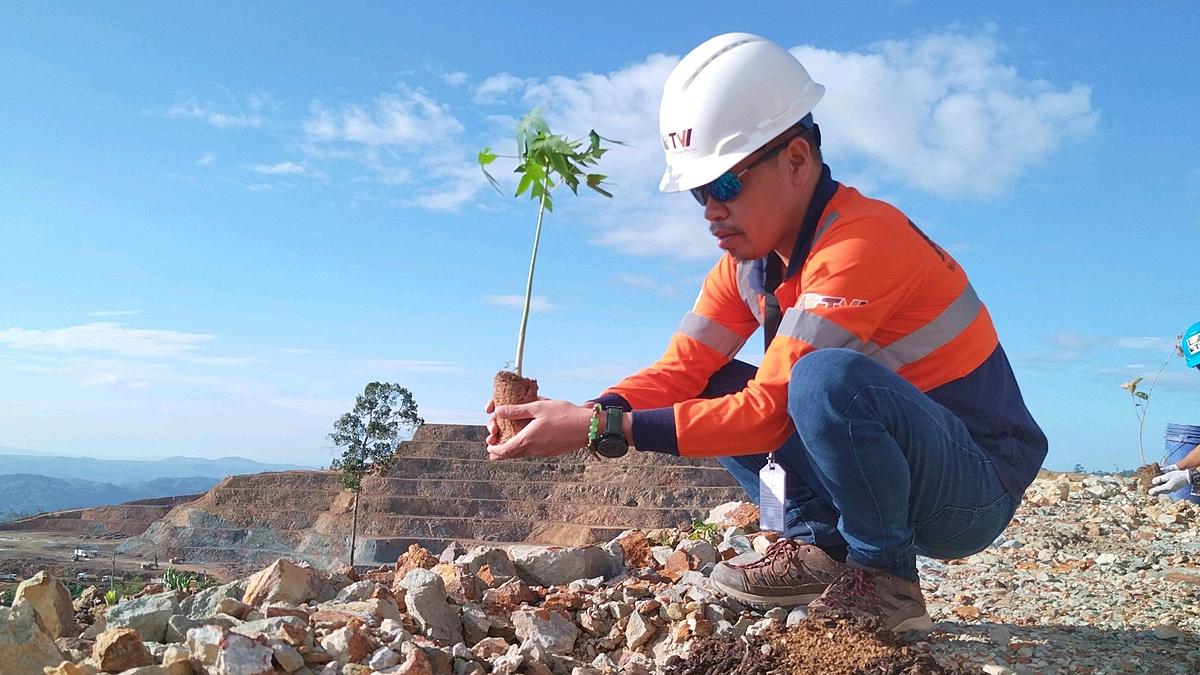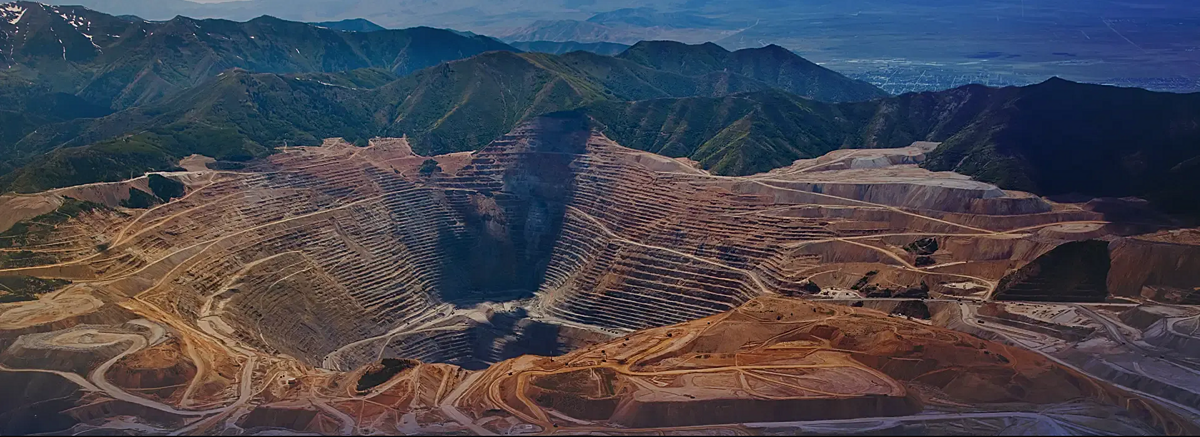The Malampaya Deepwater Gas-to-Power project (“Malampaya”) located in Northwest Palawan, employs deepwater technology to draw natural gas that fuels three gas-fired power plants and provides 30% of Luzon's power generation requirements. Operating under Service Contract (“SC”) No. 39, the project is a joint undertaking by the Department of Energy (“DOE”) and Shell Philippines Exploration B.V. on behalf of joint venture partners Chevron Malampaya LLC and the Philippine National Oil Corporation Exploration Corporation.
Malampaya delivers through six (6) Gas Sales and Purchase Agreements and fuels 2,700 MW of power stations as baseload plants and an additional 500+ MW operating as mid-merit and peaking plants.
It produces an average of 380 million standard cubic feet per day. Data from the DOE indicated that given the present production level and continuous decrease in reservoir pressure, drop in supply is expected by 2022. Recoverable reserves at the end of field life is 3.08 to 3.29 trillion cubic feet. SC 39 will expire in 2024 with no certainty in an extension and while it may have enough gas, this may not be sufficient to last beyond five years. This comes as domestic electricity consumption is likely to reach 50 million kilowatts in 2040.
The Philippines in 2017 produced half its power from coal, a quarter from renewable energy and 22% from natural gas. It is imperative then that the country urgently finds a replacement through new petroleum discoveries once the Malampaya gas field is depleted.
Liquified Natural Gas
There are currently no sufficient remaining resources from the Malampaya field or other potential upstream developments to justify new natural gas infrastructure development. The only reliable source of new gas would be imported liquefied natural gas (“LNG”) ensuring supply security and sustainability. As there are no existing infrastructure for importing LNG, the Philippines cannot access the gas market for industrial, commercial, and transportation. In anticipation of the Malampaya field depletion, the government is pursuing LNG projects and several foreign companies in partnership with domestic entities have committed investments in LNG importation facilities.
Leading the pack is Energy World Corporation (“EWC”), which reported that the DOE has issued to affiliate, Energy World Gas Operations Philippines, Inc. a permit to construct, own and operate an LNG import terminal and re-gasification facility in Pagbilao Grande island in Quezon province. EWC said the permit would enable the completion date for the first tank of the LNG hub to be aligned to the commercial operation date of the associated 650 MW power plant and the National Grid Corporation of the Philippines switchyard expansion, and the construction of the second tank. The 650 MW plant has been recognized as the anchor off-taker of the LNG project which consists of two 130,000 bcm LNG tanks, a dedicated jetty and marine infrastructure as well as re-gasification and other ancillary facilities. Fitch Solutions earlier reported that the start up of LNG import terminal has been delayed due to difficulty in obtaining access to existing local transmission infrastructure, most of which is dominated by coal-fired power generators.
The state-owned Philippine National Oil Company (“PNOC”) is developing a USD 600 million facility to be used to receive, store, re-gasify and distribute LNG. PNOC announced that it will start its tendering process for its LNG import facility. PNOC will be assuming minority stake in the project – as referenced on the joint venture rules set forth by the National Economic and Development Authority, in which the company can assume equity of not more than 50-percent. The technology preference will be a floating storage re-gasification unit and its capacity will be initially at 3.0 million tons per annum. PNOC has requested the DOE to declare the project as an Energy Project of National Significance under Executive Order (“EO”) No. 30.
Meanwhile, the Philippines has become a new front in China and Japan's infrastructure rivalry as companies from both countries bid to build the country's first LNG terminal. Both Tokyo Gas and the state-owned China National Offshore Oil Corp. (“CNOOC”) have partnered with domestic companies.
FGEN LNG Corp, a wholly-owned unit of First Gen Corp. of the Lopez conglomerate, signed a Joint Development Agreement with Tokyo Gas to build LNG terminals. The project will be located in Batangas Province, where First Gen operates four (4) gas-fired power plants that have a total capacity of 2,000 megawatts. The plan calls for building a terminal that will re-gasify and supply 3 to 5 million tons of LNG imports annually to the power facilities. The project is expected to cost more than $700 million, with First Gen taking an 80% stake in the operating company. FGEN recently filed with the DOE a notice to proceed with the construction of its proposed Batangas LNG terminal project in the First Gen Clean Energy Complex in Batangas City. The Japan Bank for International Cooperation is likely to fund the Tokyo Gas project if it is approved. It would be the first Japanese-built LNG terminal overseas, a core part of Japan's effort to boost infrastructure exports.
On the other hand, CNOOC, a pioneer of China's LNG industry having built its country's first terminal in 2006, formed a consortium with Phoenix Petroleum Philippines and submitted a proposal for an LNG facility on November 2018. Phoenix Petroleum recently announced that the DOE granted Tanglawan Philippines LNG Inc. the notice to proceed to build the facility. Tanglawan plans to break ground by 2019 and aims to start commercial operations by 2023. The CNOOC consortium is thought to have the political edge since Phoenix Petroleum is owned by Dennis Uy who is perceived to be close to President Rodrigo Duterte.
Petroleum Geopolitics in the South China Sea
Due to the geologic fact that most of the Philippines’ most prospective petroleum acreage lie in Northwest Palawan and the disputed waters in the South China Sea, improving bilateral relations with China remains key for the Philippines to improve its hydrocarbon reserves and production growth outlook.
According to The Diplomat, China’s assertion of sovereignty over the disputed areas and entering into joint oil and gas exploration with other claimant states in the latter’s exclusive economic zones somewhat legitimizes China’s nine-dash line claim. China is adopting a carrot and stick approach in addressing this diplomatic issue. On one hand, Vietnam was threatened with force over its unilateral exploration activities in waters claimed by China. Conversely, offers of joint exploration with Brunei and the Philippines, which opted for pragmatism and seem willing to skirt contentious sovereignty issues, are framed as partnership with promises of technical support, capital, and wider investment.
Prof. Jay Batongbacal, a maritime law expert postulates that to make any joint exploration deal work, the Philippines must overcome two major legal problems: 1) internationally, how to justify its acceptance that China contingently shares the petroleum resources within its continental shelf after an international arbitration award clearly declared that no plausible claim exists; and (2) domestically, how to accommodate any petroleum development not under its sole jurisdiction, control, and supervision but rather on a shared, co-equal basis with another state.
MOU Between the Philippines and China
In pursuit of an acceptable legal framework, the Philippines signed a Memorandum of Understanding (“MOU”) with China against the backdrop of brewing energy security concerns, years of negligible offshore exploration, declining upstream investment, and depleting resources in the Malampaya gas field.
The MOU on oil and gas development in the West Philippine Sea signed during President Xi Jinping’s visit to Manila, creates a body that will study how the two countries can pursue joint exploration and development. The MOU does not mean the immediate conduct of joint exploration or joint development of marine resources. However, it paves the way for the crafting of a program on how such joint ventures can happen in the future.
Department of Foreign Affairs (“DFA”) Secretary Teodoro Locsin, Jr. described the MOU as a "non-legally binding framework.” As to the geographic coverage of the framework, Locsin states that the agreement is designed to "govern an area once that area has been agreed upon according to the framework.”
Supreme Court Senior Associate Justice Antonio Carpio, the leading advocate of Philippine rights in the West Philippine Sea, believes that the MOU allows only “cooperation in oil and gas activities” and is not violative of the Constitution. Carpio also assumed that the service contracts to be entered by CNOOC will exactly follow the model service contract of the DOE where the natural resources covered by the contract belong to the Philippines and the contractor must comply with Philippine laws, rules, and regulations. If such regulations are followed, CNOOC would be merely a subcontractor of the Philippine service contractor or an equity holder of the Philippine service contractor. “Clearly, under the signed MOU, there is compliance with the Philippine Constitution and there is no waiver of Philippine sovereign rights under the arbitral ruling,” said Carpio.
The real test according to Carpio will be if the “cooperation agreements” to be finalized in twelve months, will involve service contracts in which Philippine law will govern the oil and gas activities with China. The answer lies with the working group and intergovernmental committee formed by the MOU composed of officials from the DFA, Chinese Foreign Ministry, DOE, and Chinese Energy Ministry, which will work out a program of cooperation that could lead to joint exploration.
Unlocking the Petroleum Potential of the Disputed Areas
Following these developments, the DOE has indicated that it is recommending to the DFA the lifting of the force majeure imposed in 2014 on Service Contract 72 in Recto Bank (Reed Bank) in response to the request of PXP Energy Corp./Forum Energy.
SC 72’s Sampaguita Gas Field holds substantial volume of potential gas reserves, according to PXP, citing verified data from seismic surveys originally conducted in 2011. “The interpretation of these surveys was carried out by Weatherford Petroleum Consultants in 2012. The report indicated the Sampaguita Gas Field to contain contingent resources of 2.6 trillion cubic feet (TCF) of gas in place,” the company said. “The 2D seismic data were reprocessed in 2013 and were subsequently interpreted, aided by gravity-magnetics data by Fugro (2012) and Cosine Ltd. (2015). In 2015, Arex Energy produced a report on the north bank area and estimated prospective resources to be 3.1 trillion cubic feet.”
PXP cautioned however, that the development of SC 72 must commence not later than 2027 as it would take at least six years from start to first gas. The contractor is committed to spend at least $80 to $100 million to fully appraise the Sampaguita gas field and other identified prospects within its contract area. The Philippines began exploring the area in 1970 and discovered natural gas in 1976. U.K.-based Forum Energy acquired the concession in 2005 and became its operator. PXP holds a 78.98 percent interest in Forum Energy, which in turn has a 70 percent stake in SC 72.
In October 2018, PXP announced that Dennison Holdings, another company owned by Dennis Uy, would subscribe to 340,000,000 PXP shares bringing its stake to 14.78% of PXP after the transaction. PXP, which is also negotiating with CNOOC for another potential joint exploration in the South China Sea, will use the proceeds from the share sale to fund its exploration activities and other oil assets within the Philippines. Manuel V. Pangilinan, Chair of PXP remarked that the company is "interested to participate" in Dennis Uy's Tanglawan LNG project with CNOOC.
The US Energy Information Administration (2013) estimates the region around the Spratly Islands to have virtually no proved or probable oil reserves. Industry sources suggest less than 100 billion cubic feet in currently economically-viable natural gas reserves exist in surrounding fields. However, the Spratly Island territory may contain significant deposits of undiscovered hydrocarbons. US Geological Survey assessments estimate anywhere between 0.8 and 5.4 (mean 2.5) billion barrels of oil and between 7.6 and 55.1 (mean 25.5) trillion cubic feet of natural gas in undiscovered resources.
Expiring Coal Operating Contracts
Compounding the Malampaya depletion are expiring coal operating contracts (“COC“) under Presidential Decree No. 972 known as “Promulgating an Act to Promote an Accelerated Exploration, Development, Exploitation, Production of Coal” (1976), that currently are producing and with existing proven reserves lasting beyond expiration. The fifty-year term limit for contracts involving coal exploration and production is enshrined in the Constitution.
The Philippine Conventional Energy Contracting Program (“PCECP”) for coal established under DOE Department Circular (“DC”) No. 2017-09-0010 mandates the issuance of new COCs over these “open” areas upon expiration of the 50-year term. Under the current guidelines, the COC contractors will be required to prematurely cease production operations, relinquish the COC area to be qualified for re-application and/or nomination, and hope that they will be awarded with new COCs over their previously-held contract area. However, the COC contractors if they have to undergo the present PCECP process, do not have the certainty of getting the COC awarded to them. This will result in the premature cessation of continued profitable production operations.
Some COC contractors have existing proven reserves lasting beyond the expiration of their COCs, and from a technical and economic perspective, they recognize the feasibility and the potential need to continue and extend operations of their COCs beyond the 50-year term limit. The extended period of operation on these COCs will allow continued coal production and maximum utilization of existing production assets and facilities giving rise to uninterrupted revenue to both COC contractors and government. Further, since the present COC contractors have a good understanding of the geological conditions and mining processes involved in their operations, these proprietary information will generate additional reserves and potential resources as determined from advance exploration, a clear advantage over a new COC contractor.
The cessation in production operations will certainly result in premature mine abandonment and rehabilitation as there will be no subsisting contract with the government that will allow COC contractors to continue its operations. While the COC contractors are undergoing the process set by present guidelines, they will be hesitant in allocating funds and resources for the care and maintenance of idle facilities without commercial confidence that there will be an award of a new contract over the same COC area.
Consequently, for areas with plan of developments that will exceed the 50-year term limit, aggressive production strategies within the remaining term of the COC will need to be adopted to ensure the recoupment of investment costs, as opposed to a deliberate and well-planned production operations strategy to better manage coal reserves that would ultimately yield a fully optimized coal production.
More importantly, coal mines are major suppliers of downstream power facilities. Off-taking power plants need stability of supply from coal mines. Off-takers will not enter into long-term fuel supply agreements from COC contractors whose COCs are expiring. Also, in the absence of stable coal supply agreements, project and loan financing of new power plants are difficult to obtain. Coal mines are potential energy projects of national significance under EO 30 in light of the expected depletion of the Malampaya natural gas field.
Nuclear Energy Option
Nuclear energy can also be a viable alternative power source as a substitute for Malampaya with the proper legal and regulatory framework in place. In January of this year, the House of Representatives has approved on third and final reading a bill that provides for a comprehensive regulatory framework in harnessing the peaceful uses of nuclear energy.
Consolidating eight related administrative proposals, House Bill No. 8733 provides for the creation of the Philippine Nuclear Regulatory Commission (“PNRC”) as an independent central nuclear regulatory body. The measure aims among others to harness the peaceful and beneficial uses of nuclear energy in power generation establishing a legal and regulatory framework for the regulation and control of the peaceful uses of nuclear resources; manage radioactive waste; and establish a legal and regulatory framework to prevent, detect, and respond to unauthorized activities involving nuclear materials. PNRC will ensure consistency with the nation’s obligations under relevant international instruments and modernize the nuclear civil liability and compensation regime in line with internationally-accepted standards.
Among PNRC’s other functions are to: (a) issue regulations on financial capability of operators to cover liability for nuclear damage; (b) inspect, assess, and monitor activities to ensure compliance; (c) coordinate with other agencies on health and safety, environmental protection, security, and transportation of nuclear and related dangerous goods; and (d) act as the national authority on nuclear safety, security, and regulatory matters relative to the International Atomic Energy Agency. PNRC will also establish a Nuclear Waste Management Fund and set aside a portion of the payment for the electricity generated from the nuclear energy use which shall only be utilized for the safe disposal of nuclear waste, to include site research, transport, and final geological disposal.
PNRC shall be headed by a Commissioner, appointed by the President and shall be assisted by four Deputy Commissioners and an Executive Director who will assist them in the discharge of executive, administrative and planning functions of the body. PNRC shall likewise have an Advisory Board chaired by the Department of Science and Technology Secretary, with the Secretary of the Department of Health as vice chair, and the Secretaries of the Departments of Energy, of Environment and Natural Resources, of National Defense, of Trade and Industry, and of Agriculture as members, as well as some five members from the academe or non-government organizations. All powers, duties, records, files, and assets pertaining to nuclear and radioactive materials and facilities of the Philippine Nuclear Research Institute shall be transferred to PNRC.
Geothermal Energy
Another viable alternative is putting on stream the untapped geothermal fields in the country. Recently the Philippines has dropped down to number three in the global ranking of geothermal energy producers. Based on the report of Climate Policy Initiative (2015), 45% of all renewable energy projects in Asia are either marginally bankable or not bankable at all due in part, to the lengthy process of securing required permits, licences and land access agreements. Another issue is grid connectivity. The amount of effort required for all the different aspects of the process means it can take years to achieve a bankable solution. Geothermal development’s high costs of field development, coupled with the high risks associated with resource exploration and drilling, pose a significant barrier to private sector financing.
Despite the ambitious deployment targets set by the DOE that recognize the potential of geothermal to contribute to the energy mix, there is a need to balance the need to reduce private sector risks and incentivize investment while minimizing costs to the public sector. Needless to say, streamlining the permit process by government regulators will have an impact on geothermal development, as shorter project periods would reduce uncertainty for policy and market dynamics when modeling economic returns. Geothermal projects are characterized by significant upfront capital investment for exploration, well drilling, and the installation of plant and equipment. But once the geothermal projects are placed in commercial operation the fuel source is secure for the tens of years of expected lifetime with a steady revenue stream.
Investment Opportunities and Challenges
Investment opportunities abound in the power sector as there is a need to supply the natural gas requirement of the existing gas-fired plants when the Malampaya field shuts down. According to the Philippine Energy Plan prepared by the DOE, the country will need 43,765 MW by 2040; 14,500 MW will be for mid-merit and 4,000 MW for peaking. Renewable energy capacity is poised to increase from its 2010 level of 5,000 MW to 2030 level of 15,000 MW and due to its intermittent nature, natural gas-fired power plants can complement when these plants will not be running. Additional potential demand for LNG will come from off-grid or missionary islands in replacement of existing diesel-fired power plants. LNG will primarily be consumed in the power sector, but will soon cover non-power applications such as in the industrial processes, transportation, commercial and residential sectors.
More incentives should be given to upstream natural gas exploration so as to have a viable and stable replacement to the Malampaya gas field and enhance the economic feasibility of marginal deposits. While the backbone of the upstream natural gas industry is now in place, it was brought about by a lack of a comprehensive regulatory framework to guide natural gas industry operations in the Philippines. This gap was addressed through contractual agreements in service contracts and ad hoc arrangements between the regulators and service contractors.
The Philippines does not have a separate Natural Gas Act that establishes administrative authority and accountability for the gas sector in a single agency. Although the DOE has legislative authority to promulgate regulations, broader issues regarding access and pricing have not gone beyond expressions of policy intent. The DOE has addressed issues affecting Malampaya through amendments or interpretation of service contracts. As a result, gas sector policy is largely driven by upstream considerations according to issues on which the service contractors have sought clarification as amendments to the original contract.
In reality, the present regulatory regime for gas exploration and development is seen to limit the competitiveness of gas to replace oil products except for high cost products such as liquefied petroleum gas and diesel in industry and even residential electricity. This may not necessarily apply to other lower cost gas field developments than Malampaya, which has a deepwater occurrence. Royalty and taxes account for about half of the gas price. Reducing these components will transfer the benefits of developing natural gas directly from the government to the consumers through lower electricity prices. Increased use of natural gas will, in turn, provide economic benefits through foreign exchange savings from foregone oil importation and reduced environmental impact of the country’s overall energy balance.
Conclusion
There is an urgent need for more energy sources with the depletion of the Malampaya field. Unless the government acts with dispatch, the power situation does not look good as the import facilities for LNG to replace the indigenous gas must be operational by 2024. Fortunately, Philippine energy regulators have taken a technology-neutral stand on possible solutions to the country’s growing demand for energy by looking at all available options.
Investments in energy infrastructure will always be driven by the combination of a strong energy supply imperative, increasingly liberalized energy sector, ambitious capacity targets and a relatively stable off-take mechanism. Petroleum exploration and development resources particularly in the Northwest Palawan basin and disputed areas of the West Philippine Sea are fraught with technical operational complexities, cost enormous sums of money, and certainly dictated by externalities arising from the country’s relation with China. The two countries’ cooperation has taken a broader energy partnership narrative in light of the present administration’s more conciliatory stance toward China.
Fernando “Ronnie” S. Penarroyo specializes in Energy and Resources Law, Project Finance and Business Development. He may be contacted at fspenarroyo@gmail.com for any matters or inquiries in relation to the Philippine resources industry. Feel free to follow Atty. Penarroyo on LinkedIn (https://www.linkedin.com/in/fernando-s-penarroyo-2b8a7312/)
References:
Batongbacal, Jay, Philippine-ChinaJoint Development Talks Still at an Impasse, Despite Green Light, 13 April 2018, https://amti.csis.org/philippine-china-joint-development-impasse/
DOE Now Amenable to Lifting Reed Bank Oil Exploration Ban, 04 December 2018, https://www.doe.gov.ph/energist/doe-now-amenable-lifting-reed-bank-oil-exploration-ban
Endo, Jun; Tabeta, Shunsuke; Sugiura, Yuta, Philippines’ First LNG terminal Sought by China and Japan, Nikkei Asian Review, 18 December 2018, https://asia.nikkei.com/Business/Business-Trends/Philippines-first-LNG-terminal-sought-by-China-and-Japan
Jacob, Don Honor, Development Plans in the Emerging Downstream Natural Gas Industry, Department of Energy, Prepared for the E-POWER MO! Communicating Efficiency Across Energy Sector, 24 April 2018, https://www.doe.gov.ph/e-power-mo-communicating-efficiency-across-energy-sector-baguio-city
Kuo, Mercy A., The Geopolitics of Oil and Gas in the South China Sea, Insights from Eufracia Taylor and Hugo Brennan of Risk Consultancy Verisk Maplecroft, The Diplomat, 12 December 2018, https://thediplomat.com/2018/12/the-geopolitics-of-oil-and-gas-in-the-south-china-sea/
Philippines Oil and Gas Report, Fitch Solutions, 01 January 2018
Ranada, Pia, Oil Deal with China May Be Solution to Sea Dispute – Carpio, Rappler, 07 December 2018, https://www.rappler.com/nation/218431-carpio-says-oil-deal-with-china-may-be-solution-west-philippine-sea-dispute
Ranada, Pia, PH-China Deal on Oil, Gas Dev't Creates Body to Study Joint Exploration, 21 November 2018, https://www.rappler.com/nation/217185-philippines-china-deal-oil-gas-development-creates-body-study-joint-exploration
Rosario, Ben, House OKs on Third and Final Reading Bill on Use and Regulation of Nuclear Energy, Manila Bulletin, 18 January 2019, https://news.mb.com.ph/2019/01/18/house-oks-on-third-and-final-reading-bill-on-use-and-regulation-of-nuclear-energy/
South China Sea - International - Analysis; U.S. Energy Information Administration, 07 February 2013, https://www.eia.gov/beta/international/regions-topics.php?RegionTopicID=SCS
Valerio Micale; Padraig Oliver, Lessons on the Role of Public Finance in Deploying
Geothermal Energy in Developing Countries, Climate Policy Initiatives, August 2015, https://climatepolicyinitiative.org/publication/lessons-role-public-finance-deploying-geothermal-energy-developing-countries/
Velasco, M. M., PNOC Kicks Off Tender Process for $600-M LNG Terminal, Manila Bulletin, 10 September 2018, https://business.mb.com.ph/2018/09/10/pnoc-kicks-off-tender-process-for-600-m-lng-terminal/

